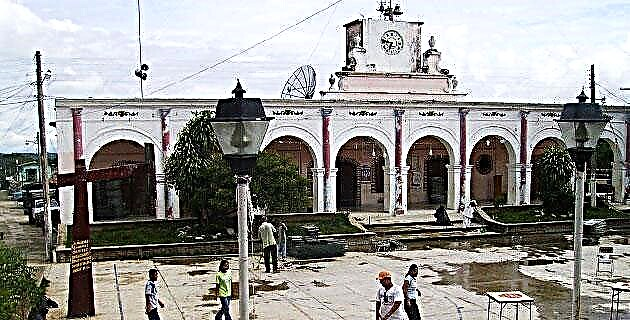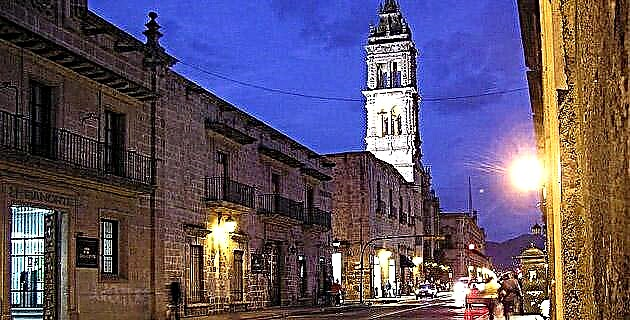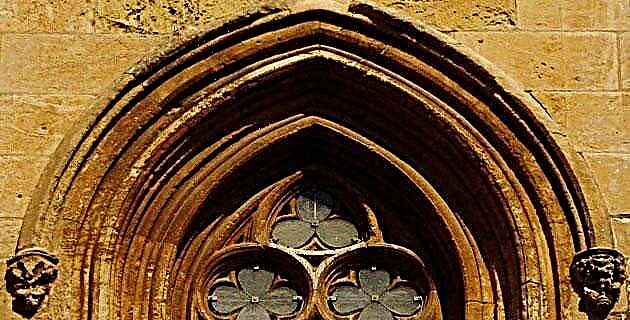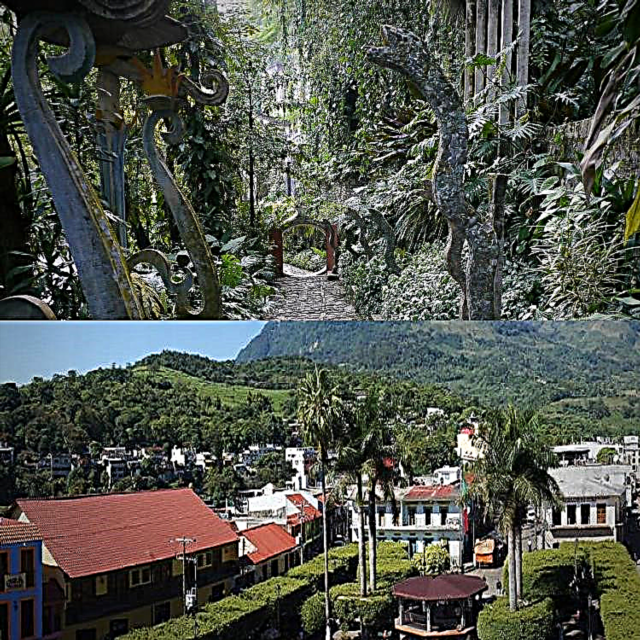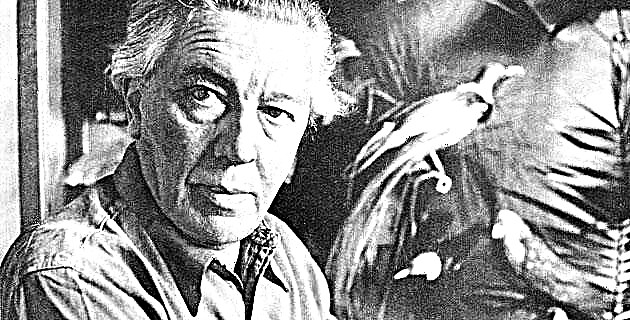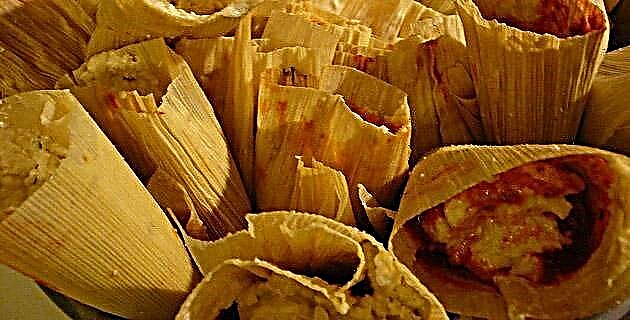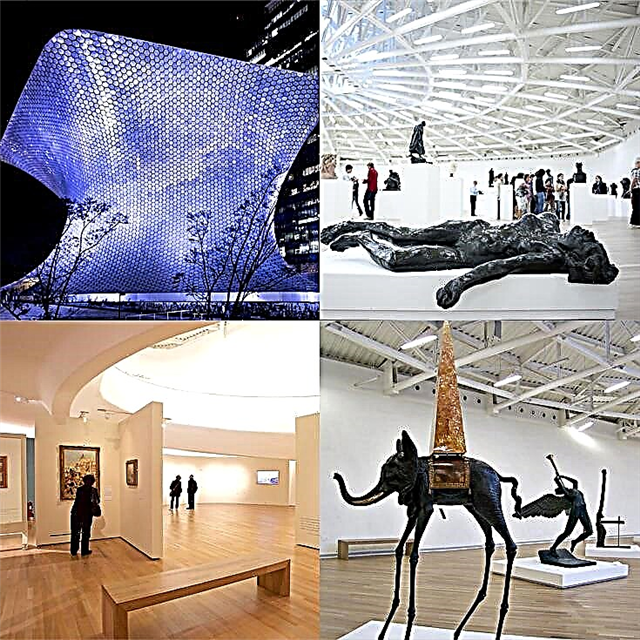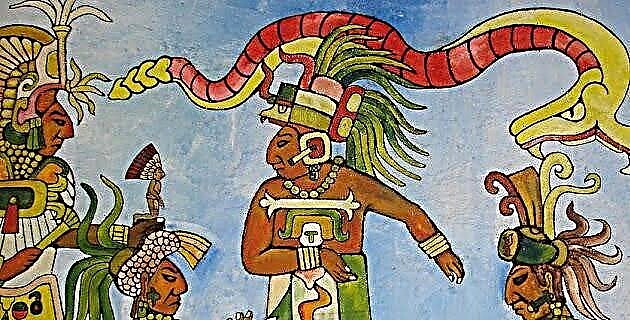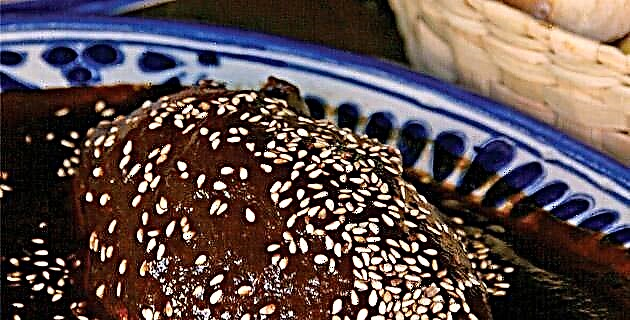
The city of Puebla, famous for its mole, its sweets, its Talavera, its Señor de las Maravillas and its attractive historic center, has a unique history.
On April 16, 1531, onomastic day of the founder, Fray Toribio de Benavente Motolinía, began the experiment of "making a town" of Spaniards, an exclusive settlement for those who without trade or profit roamed New Spain altering order, vexing the the natural ones and giving a terrible example. The Franciscans thought that in this way they would take root, a love for the land would awaken in them and they would dedicate themselves to work practicing the techniques and ways of Spain.
Supported by Queen Isabel of Portugal, they looked for "the most suitable place there is", finding it among the ancient ones of Tlaxcallan and Cholollan, on the bank of the river that was immediately baptized as San Francisco. The "Puebla", at the request of the seraphic friars, was entrusted to the patronage of the holy angels, and began to be populated with the presence of 33 Spaniards and a widow, as well as the indigenous hosts brought from nearby towns to help the neighbors in construction.
Moved a few months later to the other side of the river, builders and surveyors immersed in the spirit of the Renaissance participated in its final design, hence the grill shape with perfectly straight avenues from east to west and north to south, and a slight deviation to the west to avoid the cold currents of the La Malinche volcano; all the streets were 14 yards wide, giving the city an unparalleled urban landscape. The natural slope of the land allowed the rainwater to flow into the river, without causing flooding. The new residents were granted a tax exemption for thirty years as long as they established industries in “Puebla,” which was greeted with joy and contributed to increasing the population.
The first pig-raising feet were brought from Spain, gradually constituting an emporium of derivative products: the first hams, chorizos and other sausages of New Spain were from Puebla, with which its inhabitants earned the nickname of: “Poblanos chicharroneros”, because precisely their chicharrones were the only ones that “thundered” in the kingdom; It was also used to say: "four things the poblano eats: pork, pig, pig and pig.
Soon the laundry soap industries, "smelling", that reached such fame throughout the nation, were notable, as were the glass foundries, together with an agriculture that far exceeded the needs of the region, exporting grains, mainly wheat and corn, to other remote parts. The workshops or pottery made of ceramics "distorted" to that of Talavera in Toledo, gave the place a seal of distinction.
With so many stimuli and preferences, "La Puebla de Españoles" was filled with quarry mansions, innumerable tenement houses and, of course, temples, starting with the cathedral, since the episcopal see was moved here in 1539. Its coat of arms of arms was granted to him in 1538 by the emperor Don Carlos, in which the illustrious monarch had the legend written "God sent his angels to guard you in all your ways."
All that economic support was translated into wealth, displayed in the city itself; the temples began to cover their domes and towers with the polychrome tiles that announced the patron saints: black and white in Soledad, yellow and green in San José; blues and whites in the Immaculate Conception; white and green in Santa Clara. Blacksmiths took flight on balconies, railings, weather vanes and railings, and stonemasons sublimated their creations to frame doors and windows, flown cornices, atrial crosses, and ostentatious doorways. The Indians who came to help the first neighbors took so long to comply with the whims and extravagances that they stayed forever.
The primitive native camps of Cholula, Huejotzingo, Calpan, Tlaxcala and Amozoc, gradually became essential neighborhoods for the urban economy. The greatness of Puebla brought the best masters of painting and sculpture, who found in this area the money and the opportunity to recreate their inspiration, decorating the walls of temples and residences.
The Poblano bishops were notable. An exemplary case is that of Don Juan de Palafox y Mendoza, who, reaching the titles of viceroy, president of the Audiencia and archbishop of Mexico, preferred to continue being bishop of Puebla, where he also completed the cathedral, founded several colleges of higher education and laid the foundations for the great library that bears his name.
The importance and extension of the province of Puebla de los Angeles spanned from sea to sea, in such a way that the Nao de China arrived in Acapulco, loading the herdsmen in their trains with the precious merchandise to take the royal road to Puebla, where they were distributed, either to the capital, or directly to Veracruz, to be shipped to Spain, the most precious objects remaining in the city and even slaves, such as Catarina de San Juan: the China Poblana, who had thaumaturgical powers and died " in the smell of holiness ”at the end of the 17th century.
She was preceded in holiness by the humble Franciscan Sebastián de Aparicio, who was the first builder of roads and highways, and the sweet Sister María de Jesús, the "Lirio de Puebla", without forgetting the hermit Juan Bautista de Jesús, from whom she was taken away. the famous image of Our Lady of Defense, which presides over the altar of the kings.
La Puebla de los Ángeles was also the seat of legends and events, from the friars who come in chains to pray for votes, to La Llorona and El Nahual; tragedies such as that of the poet Gutierre de Cetina, the one with the "Clear, serene eyes ...", mortally wounded when leading a serenade; or the antics of Martín Garatuza; without forgetting the Jew Diego de Alvarado who was caught whipping an ivory Christ, in revenge for the persecutions of his co-religionists, or the impostor Don Antonio de Benavides, a false visitor whose head was exposed in the portico of the Company.

